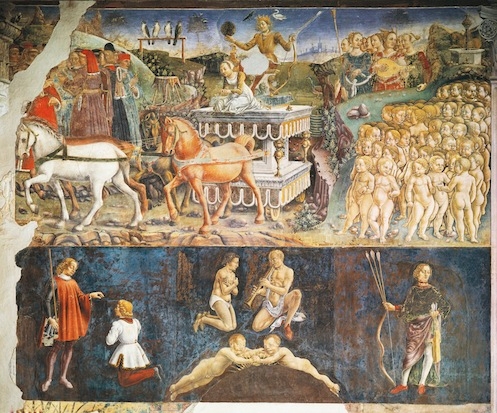Pity the poor art historian writing a survey of painters from Giotto to, say, Poussin. In order to produce a history that is as gender-balanced as possible it is absolutely necessary to include every woman painter ever heard of, some perfectly worthy of their place, some less so. How the art historian might envy the novelist who at the stroke of a pen can change the sex of a little-known 15th-century painter — Francesco del Cossa, say — from male to female. Make the painter in question a woman disguised as a man, make her story the product of a teenager’s imagination and the trope is not only complete but irresistible.
Such is half of the bare skeleton of Ali Smith’s brilliant novel, How to be Both. But which half? In characteristic Ali Smith style, the text is a tightly constructed artefact, in this case consisting of two parts, dovetailing two stories either of which, depending at random on the copy the reader happens to have bought, may precede the other.

Get Britain's best politics newsletters
Register to get The Spectator's insight and opinion straight to your inbox. You can then read two free articles each week.
Already a subscriber? Log in






Comments
Join the debate for just £1 a month
Be part of the conversation with other Spectator readers by getting your first three months for £3.
UNLOCK ACCESS Just £1 a monthAlready a subscriber? Log in